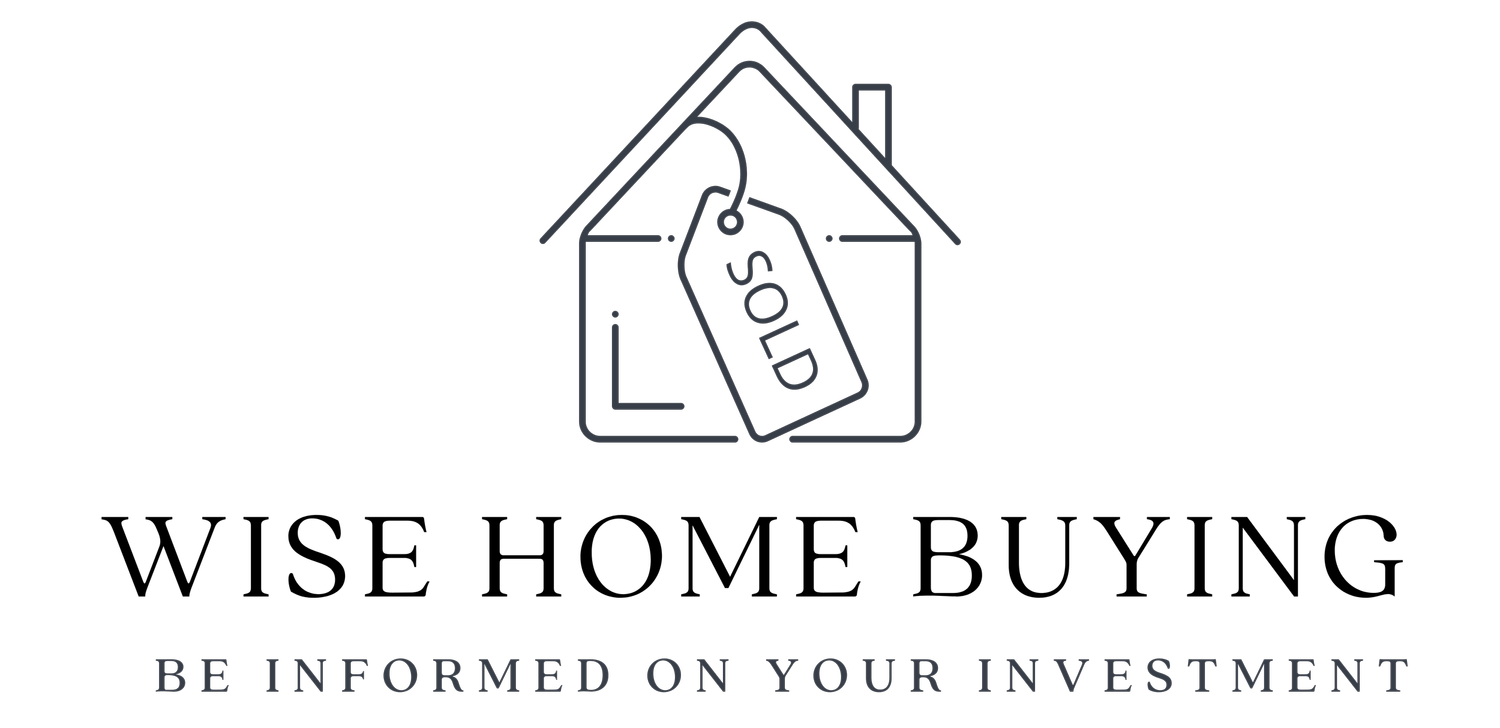Buying a Tiny House
Buying a Tiny House
There’s a new fad in the housing market, tiny homes. What is a tiny house exactly? According to Tiny Home Builders, it’s a small house, typically under 600 square feet, and built on a foundation or trailer. This trend is becoming more widespread due to the financial, environmental, and personal advantages a tiny home can offer. Throughout this article, we will explore the tiny house movement and determine why tiny houses are trending.
Advantages & Disadvantages
Tiny houses are becoming more popular due to the TV shows about them, such as Tiny House, Big Living on HGTV, and Tiny Luxury on HGTV. The question is, why would someone want to live in less than 600 square feet? According to Amy Livingston in “What Is the Tiny House Movement-Plan, Resources, Pros & Cons,” some people are looking to own a home without a mortgage, and some want a house they can take on the road. Others want to have a lower impact on the environment. Livingston discusses the advantages of owning a tiny home, such as lower expenses, no mortgage, lower energy use, freedom of movement, easier maintenance, etc. Some of the disadvantages of owning a tiny home are less space, limited entertaining capability, zoning rules, and financing.
Financing
A tiny house can be bought either new or pre-owned, or you can build it yourself. Amy Fontinelle, in “Financial considerations of Buying a Tiny House,” states that the up-front cost of a tiny house depends on the size, finishes, and amenities of the home. Fontinelle also says that financing a tiny house is more challenging because you can’t get a mortgage to buy the house. Some financing options are a recreational vehicle loan (if the home qualifies) or a personal loan. But, saving up and buying a tiny house with cash is the cheapest option; this allows you to save on interest in the long run. Another more frugal way to own a tiny home is to build it yourself. This option requires a lot of time, materials, and knowledge.
Zoning Workaround
Something else to consider before buying a tiny house is zoning. Zoning laws make it challenging to build a tiny house for full-time use. According to Emily Nonko in “Tiny House Zoning Regulations: What You Need to Know,” zoning laws and building codes require minimum square footage for new construction homes. A way to get around the zoning and code problem is to have your tiny house on wheels, this allows your house to be considered a RV and can be registered as such. Nonko explains that if your tiny house is classified as an RV, you can then pay to live on an RV site, campground, or private land.
Try It!
If you want to buy a tiny house, try renting one first! Despite the popular romanticism around tiny houses, this lifestyle requires a minimalist philosophy, restricts the number of houseguests one can have, and can also incorporate unique utility challenges (such as water tanks, gas heaters, and composting toilets). Although there are challenges such as financing and zoning laws, those problems become more manageable by having the house on wheels. Your tiny house can help you save on utility bills, general maintenance, and the cost of the house itself. Tiny houses also consume fewer resources; they take less to build, less to heat/cool, and occupy less space, according to Tiny House Blog in “Top 10 Reasons to Join the Tiny House Movement.” By purchasing a tiny house, you can broaden your horizons, embrace simplicity, and save money! If you are interested in renting, buying, or browsing tiny homes, check out TinyHouseListings.com.


